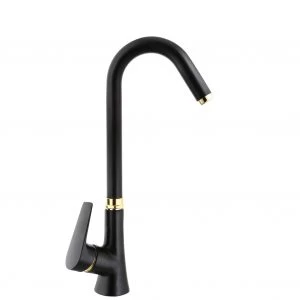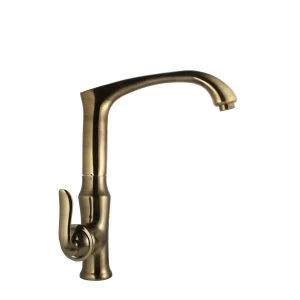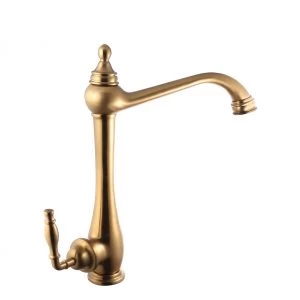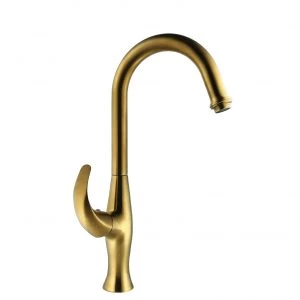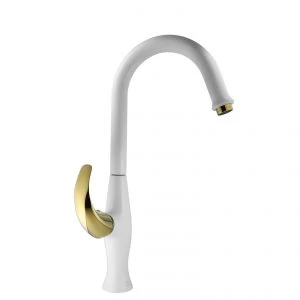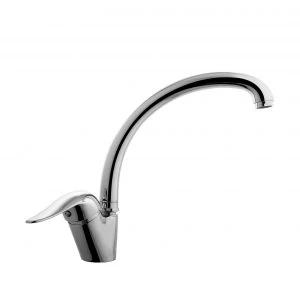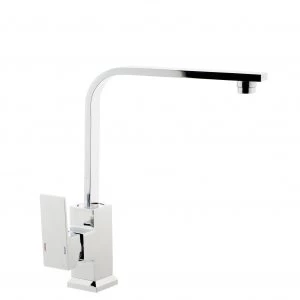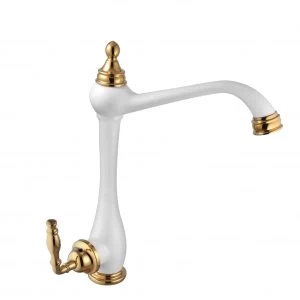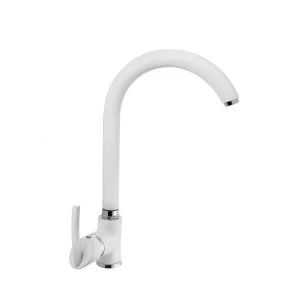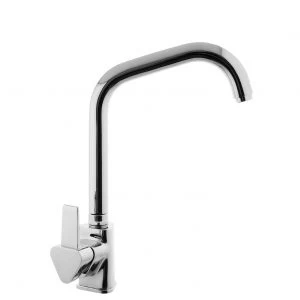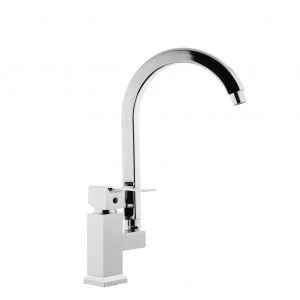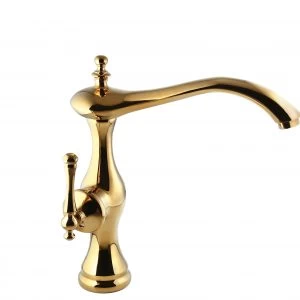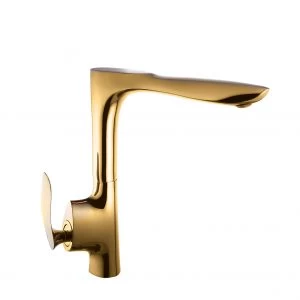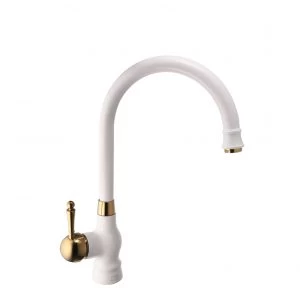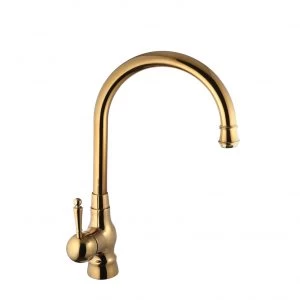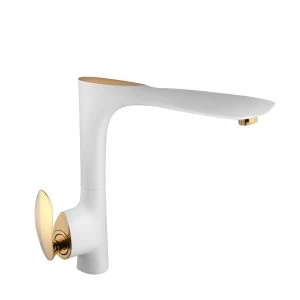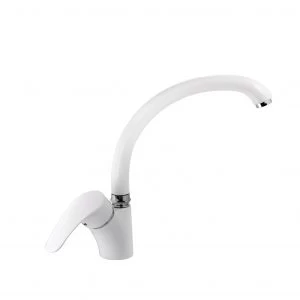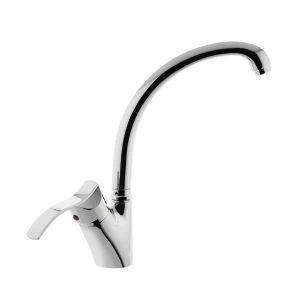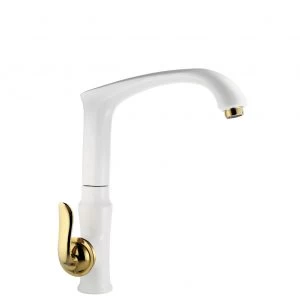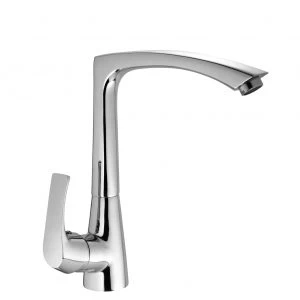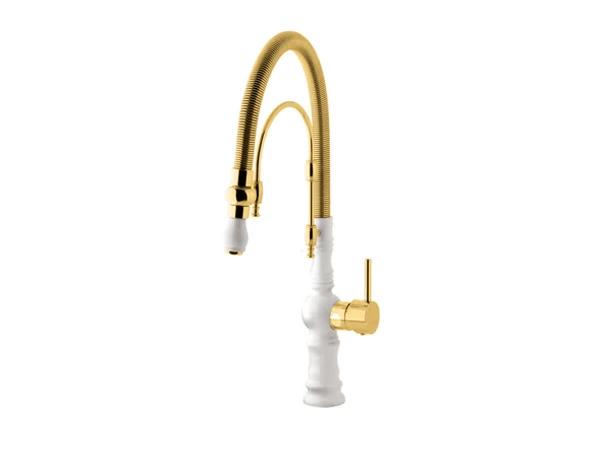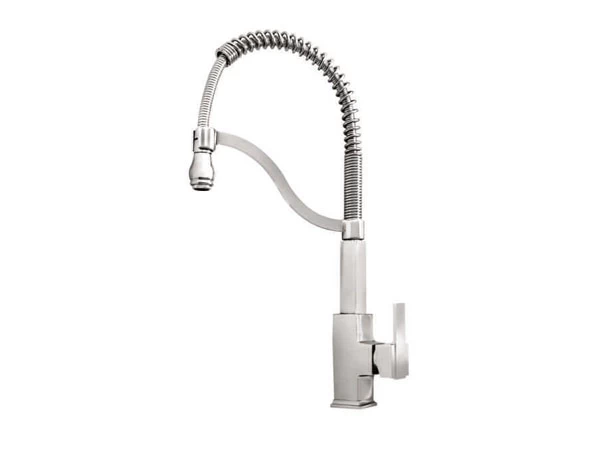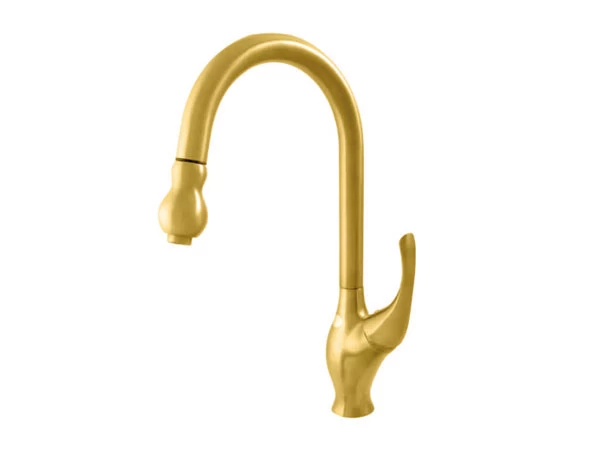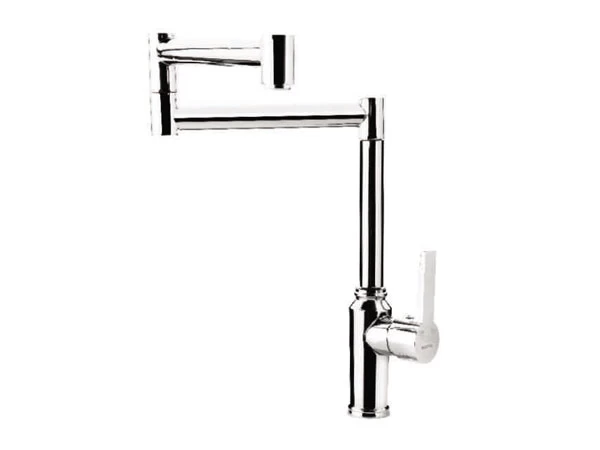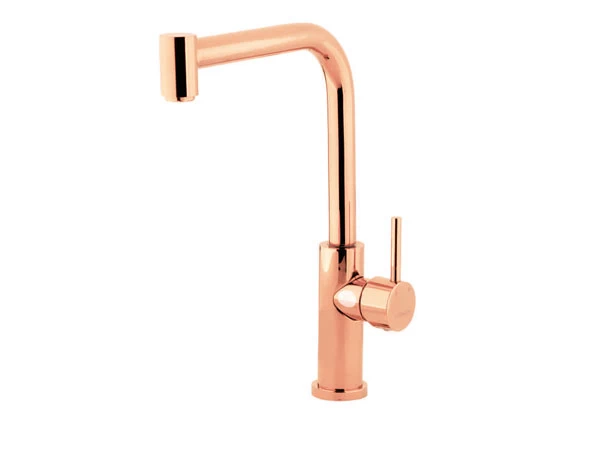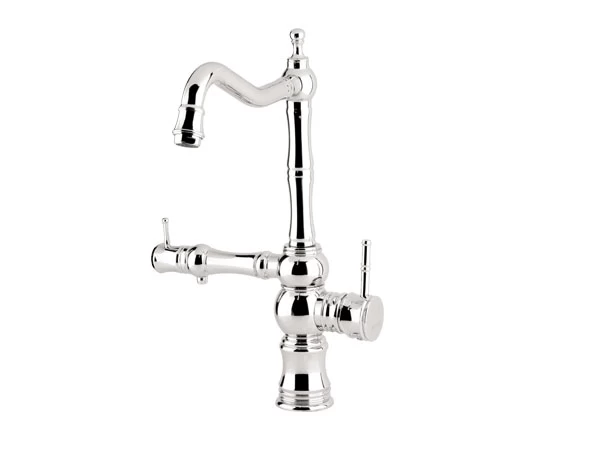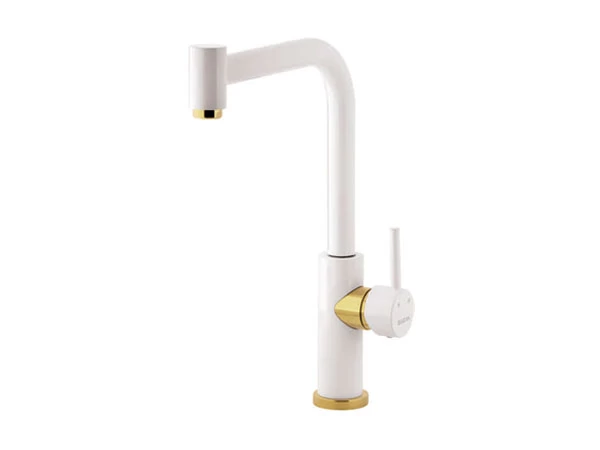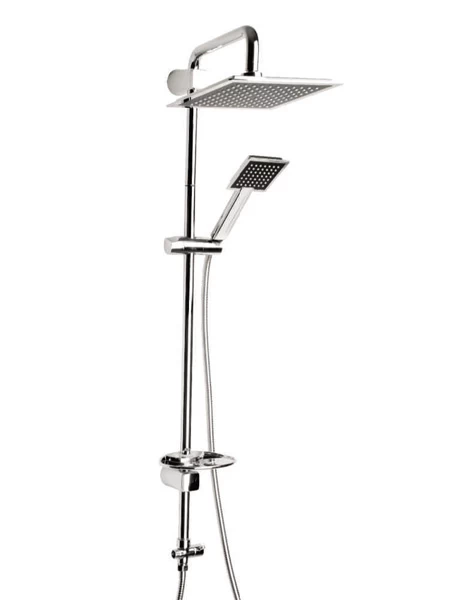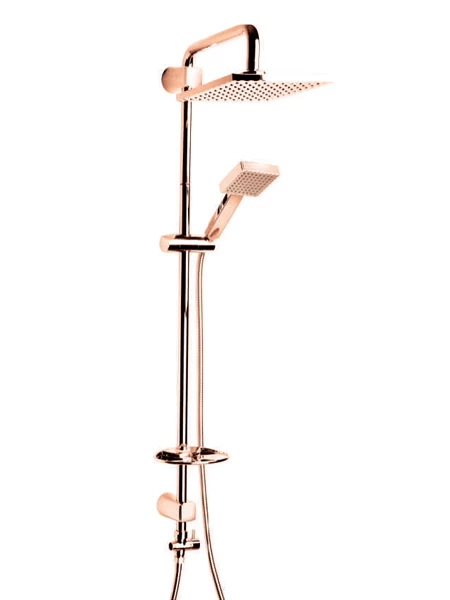Bathroom & Kitchen
Bathroom and kitchen furniture play crucial roles in enhancing functionality and aesthetics. In bathrooms, vanities with storage optimize space, while sleek designs contribute to a modern look. Kitchen cabinets provide storage for utensils and ingredients, with customizable layouts for efficiency. Countertops, often made of materials like granite or quartz, offer both style and durability. Both spaces benefit from thoughtful design to create a harmonious and practical environment.
Faucets and showers come in various styles and functionalities, catering to diverse preferences and needs. Starting with faucets, the most common types include single-handle, double-handle, and touchless options. Single-handle faucets offer ease of use with one lever controlling both water temperature and flow. Double-handle faucets provide separate controls for hot and cold water, offering precise temperature adjustment. Touchless faucets, equipped with sensors, promote hygiene by allowing users to turn water on and off without physical contact.
Shower systems are equally diverse, ranging from traditional fixed showerheads to more advanced options. Fixed showerheads are mounted on the wall, providing a consistent stream of water. Handheld showerheads offer flexibility and convenience, allowing users to direct the spray where needed. Rain showerheads simulate the sensation of rainfall, providing a luxurious and soothing experience. Combination showerheads incorporate multiple functions, such as rainfall and handheld features, offering a customizable shower experience.
Beyond the basics, there are also innovations like digital or smart faucets and showers. Digital faucets allow users to precisely control water temperature and flow through electronic interfaces. Smart showers often include features like programmable water temperature and flow, as well as voice-activated controls for a modern, tech-savvy bathroom experience.
Materials play a significant role in faucet and shower design. Chrome, stainless steel, and brass are popular choices for their durability and resistance to corrosion. Finishes like brushed nickel or oil-rubbed bronze cater to different aesthetic preferences.
In summary, the world of faucets and showers is vast, ranging from traditional designs to cutting-edge technology. The choice depends on individual preferences, bathroom aesthetics, and desired functionalities, ensuring there's a perfect fit for every bathroom style and user preference.
Apart from faucets and showers, both bathrooms and kitchens require a variety of furniture and appliances to enhance functionality and comfort.
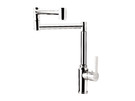
In bathrooms, essential furniture includes:
1. Vanities:Provide storage space for toiletries and often house the sink. They come in various styles, sizes, and materials.
2. Medicine Cabinets: Ideal for storing medications and toiletries, offering a combination of storage and a mirrored surface.
3. Shelving Units: Additional storage for towels, linens, or decorative items, contributing to organization and aesthetics.
4. Toilet Paper Holders and Towel Bars:These accessories are both functional and decorative, ensuring essential items are within easy reach.
In kitchens, important furniture and appliances include:
1. Cabinets:Provide storage for dishes, cookware, and pantry items. Customizable designs optimize space and organization.
2. Countertops: Often made of materials like granite or quartz, providing a durable and aesthetically pleasing surface for meal preparation.
3. Appliances (e.g., Refrigerator, Oven, Dishwasher):Essential for cooking and food storage. Modern kitchens may also include specialized appliances like microwaves or wine coolers.
4. Kitchen Island or Peninsula:Enhances workspace and can serve as a casual dining area, fostering a more social kitchen environment.
5. Lighting Fixtures: Well-placed lighting, such as pendant lights or under-cabinet lighting, improves visibility and adds a decorative element.
The choice of additional furniture and appliances depends on individual preferences, available space, and the specific needs of the household. Customization plays a key role in creating functional and aesthetically pleasing bathroom and kitchen spaces.
Jacuzzis and bathtubs are popular additions to bathrooms, providing opportunities for relaxation and indulgence. The choice between the two often comes down to personal preference and available space.
Bathtubs:
Bathtubs come in various styles, including alcove, freestanding, corner, and drop-in, catering to different bathroom layouts. Alcove tubs are surrounded by three walls and are a common choice for efficient use of space. Freestanding tubs, on the other hand, stand alone and can become a focal point in larger bathrooms. Corner tubs are designed to fit into corners, optimizing space. Drop-in tubs are installed into a deck or platform, offering a customized appearance.
The faucets used for bathtubs are diverse, ranging from classic styles to more contemporary designs. Deck-mounted faucets are installed on the rim of the tub, while wall-mounted options provide a sleek and modern look. Clawfoot tubs often have freestanding faucets, enhancing their vintage appeal. Some faucets come with handheld shower attachments, adding functionality for rinsing and cleaning.
Jacuzzis (Hot Tubs/Whirlpool Tubs):
Jacuzzis or whirlpool tubs offer a spa-like experience with built-in jets that circulate water for a soothing massage effect. These tubs are available in various shapes and sizes, providing therapeutic benefits for relaxation and muscle relief.
The faucets for Jacuzzis are designed to complement the luxurious experience. Many Jacuzzi tubs have deck-mounted or wall-mounted faucets with features like adjustable flow and temperature control. Some advanced models may include digital controls for a more customized experience.
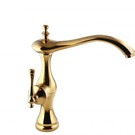
In both cases, the choice of faucet material, finish, and style depends on the overall bathroom design. Chrome, brushed nickel, or oil-rubbed bronze are popular finishes that complement different aesthetics, while waterfall or waterfall-style faucets add a touch of elegance to the bathing experience. Ultimately, the selection of Jacuzzis, bathtubs, and their faucets allows homeowners to create a spa-like retreat within their own bathrooms.
Bathroom furniture related to the transportation of water are commonly referred to as 'plumbing fixtures', whilst bathroom-specific components, like vanity units, are frequently called 'bathroom fixtures'.
Faucets and showers come in various styles and functionalities, catering to diverse preferences and needs. Starting with faucets, the most common types include single-handle, double-handle, and touchless options. Single-handle faucets offer ease of use with one lever controlling both water temperature and flow. Double-handle faucets provide separate controls for hot and cold water, offering precise temperature adjustment. Touchless faucets, equipped with sensors, promote hygiene by allowing users to turn water on and off without physical contact.

2. Medicine Cabinets: Ideal for storing medications and toiletries, offering a combination of storage and a mirrored surface.
Jacuzzis and bathtubs are popular additions to bathrooms, providing opportunities for relaxation and indulgence. The choice between the two often comes down to personal preference and available space.
Bathtubs come in various styles, including alcove, freestanding, corner, and drop-in, catering to different bathroom layouts. Alcove tubs are surrounded by three walls and are a common choice for efficient use of space. Freestanding tubs, on the other hand, stand alone and can become a focal point in larger bathrooms. Corner tubs are designed to fit into corners, optimizing space. Drop-in tubs are installed into a deck or platform, offering a customized appearance.
Jacuzzis or whirlpool tubs offer a spa-like experience with built-in jets that circulate water for a soothing massage effect. These tubs are available in various shapes and sizes, providing therapeutic benefits for relaxation and muscle relief.

Bathroom furniture related to the transportation of water are commonly referred to as 'plumbing fixtures', whilst bathroom-specific components, like vanity units, are frequently called 'bathroom fixtures'.
FAQs
What furniture and appliances should be in a bathroom?
Vanities, medicine cabinets, shelving units, toilet paper holders, towel bars, and essential appliances like showers or bathtubs.
What is the standard bathroom faucest?
Standard bathroom faucets include single-handle, double-handle, and touchless options, each offering different levels of control and convenience.
Do bathtubs save water?
Standard bathtubs typically use more water than showers. However, water-saving designs like smaller tubs or low-flow faucets can help minimize water consumption.
What is the purpose of a jacuzzi bath?
Jacuzzi baths provide a spa-like experience with built-in jets, offering therapeutic benefits such as relaxation, stress relief, and muscle relaxation through hydrotherapy.
 +7929688-88-14
+7929688-88-14

 English
English
 Persian
Persian
 Russian
Russian
 Chinese
Chinese


 +7929688-88-14
+7929688-88-14

